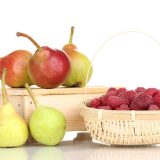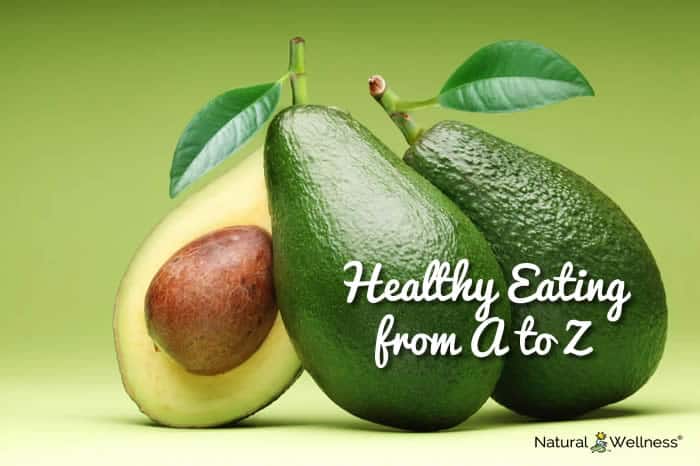

There are thousands of different foods around the world. This list touches base on 26 of them, and the health benefits they can bring!
Avocado
The “fruit” behind creating guacamole, avocados contain many essential nutrients. Although high in calories, avocado is dense in fiber, vitamins K and E, and monounsaturated fatty acids. Data from NHANES (National Health and Nutrition Examination Survey) has shown that avocado consumers have (1):
- Higher HDL cholesterol (good cholesterol)
- Lower risk of metabolic syndrome (conditions such as high blood pressure or high blood sugar that can increase risk of heart disease, stroke, and type 2 diabetes)
- Lower weight, BMI, and waist circumference
Blackberries
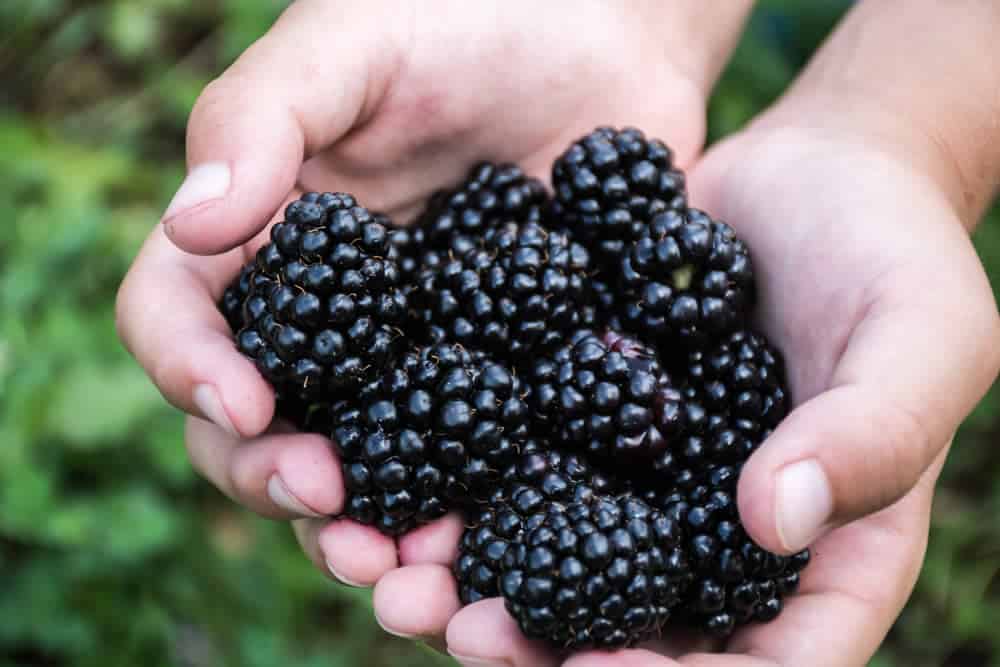
The reddish, purple, blue hue of blackberries comes from a flavonoid called anthocyanins. These anthocyanins have antioxidant properties and possess effects that are (2):
- Antidiabetic
- Anticancer
- Anti-inflammatory
- Antimicrobial
- Anti-obesity
- Preventatives of cardiovascular disease (CVD)
Blackberries are also a great source of fiber, vitamin C, and potassium.
Cabbage
Cabbage comes in a variety of forms, with the most commonly known being:
- Red or purple
- Napa or Chinese
- Green
- Savoy
Similar to blackberries, all varieties of cabbage include antioxidant, anti-inflammatory, and antibacterial properties. (3) Cabbage can also be fermented (sauerkraut) which adds probiotic bacteria to promote gut health.
Dark Chocolate
Yes that’s right, dark chocolate made the list! Dark chocolate contains anywhere from 50 to 90 percent cocoa solids. Cocoa is rich in flavonoids which have been shown to relax blood vessels and improve blood flow, therefore lowering blood pressure.
It’s important to note that dark chocolate is still high in calories, and should be eaten in moderation. To get the most benefits, opt for dark chocolate that is 70% or higher. (4)
Dark chocolate also contains:
- Iron
- Copper
- Magnesium
- Zinc
- Phosphorus
Egg
One of the cheapest protein sources you can get, eggs had a bad reputation due to the cholesterol found in the yolk. Studies have shown that the correlation between cholesterol in your blood and dietary cholesterol were weakly related, and the Dietary Guidelines for Americans 2015 removed the prior recommendation to limit it.
Eggs contain only a moderate amount of fat, mostly coming from monounsaturated and polyunsaturated fats which have been shown to lower heart disease risk. (5)
Besides protein and cholesterol, eggs are also rich in:
- Choline
- Biotin
- Vitamin A
- Antioxidants
Flax Seed
A good source of omega-3 fatty acids, flax seeds can be enjoyed either ground, whole, or as an oil. Flax seeds are also a good source of a polyphenol called lignans, as well as fiber. They have been shown to help balance hormone levels in the body, with one study showing reduced tumor growth in women with breast cancer after consuming 25 grams of milled flaxseed. (6)
Studies have shown that flax seeds decrease risk of:
- Cardiovascular Disease
- Diabetes
- Neurological disorders, such as Alzheimer’s disease and dementia
- Gastrointestinal complications
Garbanzo Beans (Chickpeas)
Garbanzo beans are part of the legume family along with black beans, peanuts, and others. They are rich in:
- Protein
- Folate
- Fiber
- Iron
- Phosphorus
- Poly and monounsaturated fatty acids
The different fibers and starches found in garbanzo beans have been shown to improve blood sugar control, benefit gut flora, and promote the feeling of fullness which may help with weight management. (7)
Honey
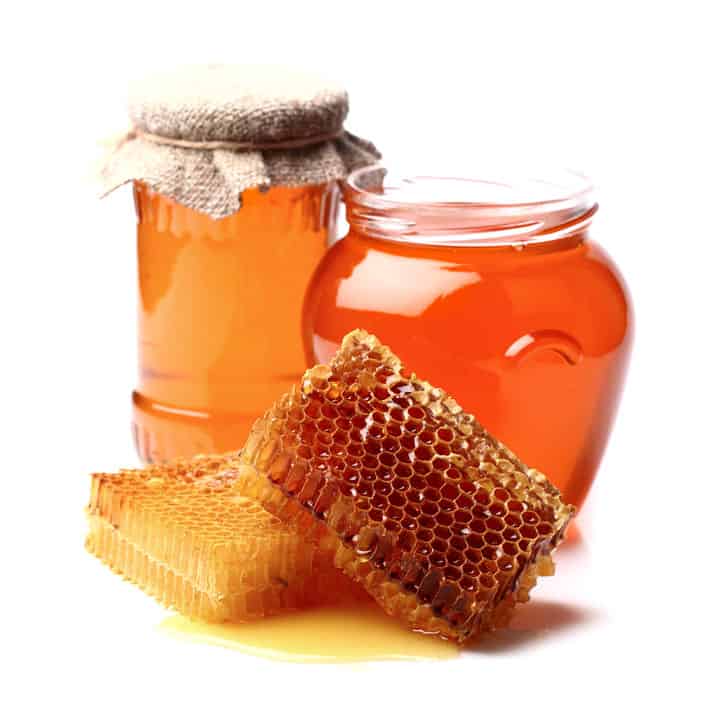
Although honey contains mostly sugar and should still be eaten in moderation, it has been used as an anti-inflammatory, antioxidant, and antibacterial agent. Honey has been researched to help with: (8)
- Cardiovascular disease
- Coughs
- Gastrointestinal disease
- Neurological disease
- Wound care
Iceberg Lettuce
Iceberg lettuce used to get a bad reputation, with beliefs that it didn’t provide much nutritional benefit compared to other leafy vegetables. The truth is iceberg lettuce is an excellent source of (9):
- Vitamin K, which prevents osteoporosis and heart disease
- Vitamin A, important for vision and healthy skin
It may not be as nutrient dense as kale, spinach, or cabbage, but it is still a relatively healthy (and cheap!) option.
Jackfruit
One of the largest edible fruits in the world, jackfruit includes nutrients such as:
- Carbohydrates
- Protein
- Vitamin C and B-complex group
- Potassium
- Phytochemicals
With these nutrients comes the reduction of many diseases, including high blood pressure, strokes, and heart diseases. Jackfruit has also been shown to improve muscle and nerve function. (10)
Kale
Kale has been an increasingly popular leafy green that is used in many dishes, including salads and soups. It is considered a cruciferous vegetable, which contain a plant chemical called glucosinolates. These chemicals protect the plant itself from biological and environmental stresses, and it is believed to have the same effect on humans. (11)
Kale also contains:
- Vitamins A, B6, C and K
- Carotenoids
- Folate
- Fiber
- Manganese
Lentils
Another food in the legume family, lentils are low in sodium and saturated fat. On the other hand, they are high in:
- Protein
- Folate
- Fiber
- Iron
- Potassium
- Manganese
Due to these nutritional properties, studies have shown that lentils can lower blood sugar, promote gut flora, improve cholesterol, and even protect against breast cancer in women. (12)
Mango
Another polyphenol-rich fruit, mango helps to reduce free radicals in the body and contain anti-carcinogenic properties. Studies have shown that mango extract has played an anti-inflammatory role in pathological disorders, such as ulcerative colitis. (13)
Mango is also an important source of:
- Potassium
- Fiber
- Vitamins A, B6 and C
- Folate
Nuts
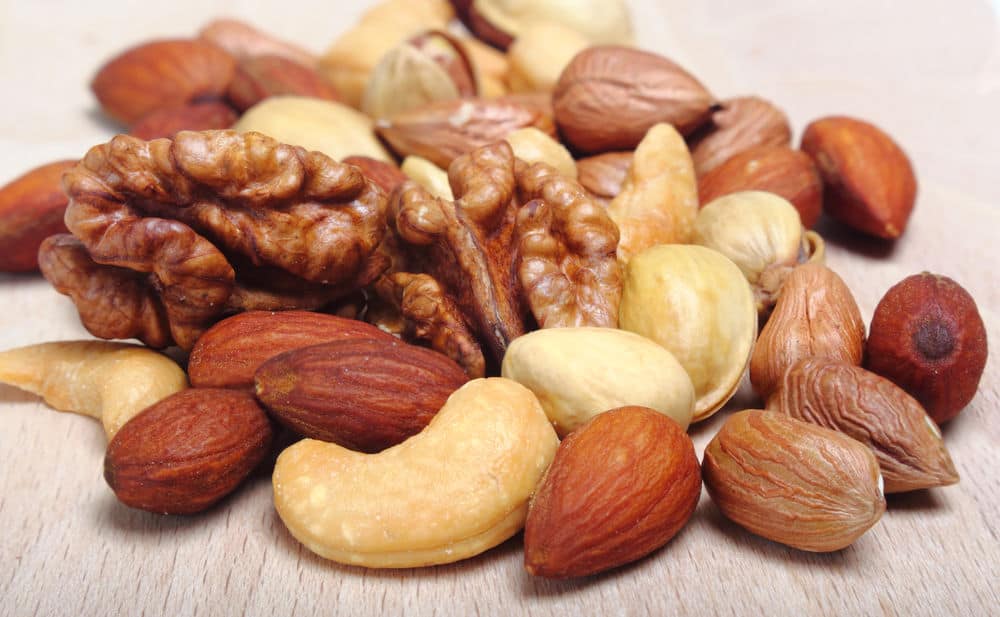
Walnuts, pecans, almonds, and more! These nuts are great sources of healthy fat, protein, and other nutrients.
One large study found that individuals who ate 1 ounce of nuts 5 or more times per week had a 14% lower risk of cardiovascular disease and 20% lower risk of coronary heart disease compared to those who never or almost never ate nuts. (14)
The different variety of nuts will supply a different mix of nutrients, but they are generally rich in:
- Vitamin E
- Folate
- Potassium
- Fiber
Olive Oil
An oil made from mechanically pressed ripe olives, olive oil is high in monounsaturated fatty acids which helps to lower LDL (or bad) cholesterol. It is a component of the Mediterranean diet, which has been shown to have many health benefits when followed. This includes antioxidant and anti-inflammatory properties. (15)
Pomegranate
Due to the high amounts of antioxidants, vitamins, and minerals, pomegranates are often referred to as a “superfood.” Their antioxidant levels are reported to be higher than red wine and green tea.
Eating the fruit, or drinking the fruit juice, has been affiliated with reduced inflammation, inhibiting cancer, and combating heart disease. (16)
This fruit is a good source of:
- Folate
- Potassium
- Vitamin K
Quinoa
Although quinoa is technically a seed, it is classified as a whole grain. It’s considered a complete protein, which means it contains all nine essential amino acids that our body cannot make. One cup of this grain contains 8 grams of protein and 5 grams of fiber. (17)
Quinoa contains nutrients such as:
- Manganese
- Phosphorus
- Magnesium
- Folate
- Vitamin B1 (Thiamin)
Radish
Radishes are considered a root vegetable and have a bitter taste. They are rich in nutrients including:
- Potassium
- Calcium
- Vitamins A, C, K, and B-complex group
- Iron
- Zinc
Along with aiding in digestion, having anticancer properties, and improving cardiovascular health, radishes also help with urinary disorders. They are a natural diuretic, which increases urine production, and can reduce inflammation and infections which can occur in the urinary tract. (18)
Salmon
Among the various types of salmon, they all contain high amounts of protein and omega-3 fatty acids. These omega-3 fatty acids are heart healthy, and reduce the risk of cardiovascular diseases.
Canned salmon that contains bones is also a good source of calcium. (19)
Tomato
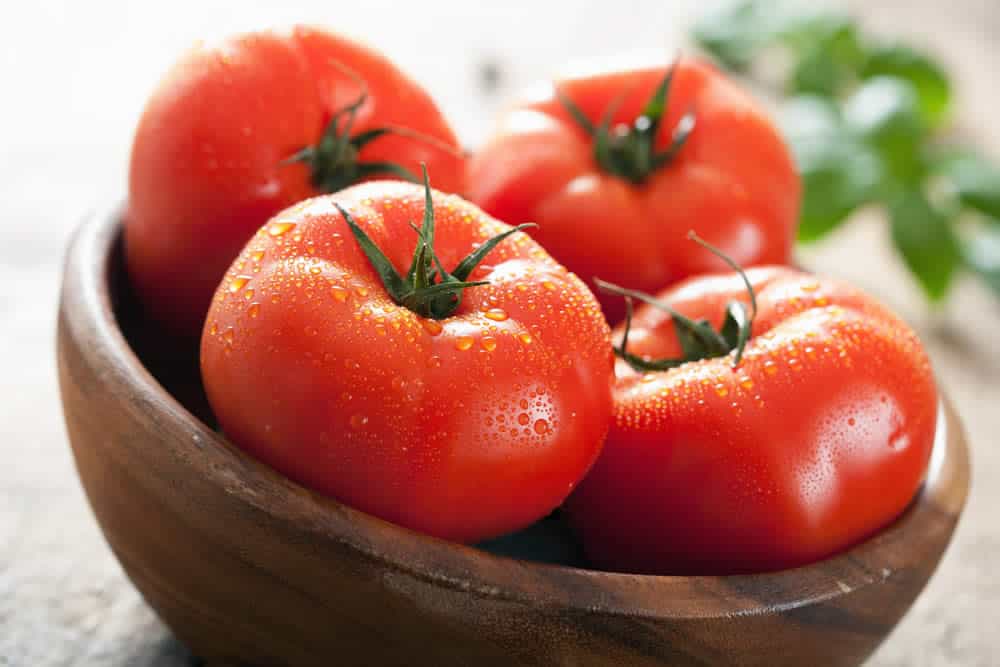
A fruit that comes in all shapes, sizes, and variations! Tomatoes are a good source of fiber, and contain very little calories and fat. You will find vitamins A and C in tomatoes, which are important for eye, bone, and skin health.
They also contain an antioxidant called lycopene, which can prevent the development of chronic diseases. (20)
Udon Noodles
A noodle that is commonly used in Japan, udon noodles are made with flour, salt, and water. This makes them a low-fat food item, but they are also not very rich in other vitamins and minerals.
The benefit of these noodles is that they are very versatile! They can be used in dishes such as soups or stir fry’s, combined with other nutrient-dense foods.
Vinegar
As of recently, vinegar seems to join mainstream media with beliefs that it can assist with treating certain conditions. Limited research is inconclusive around the benefits vinegar may bring to diabetes, weight loss, cancer, and gastrointestinal issues.
Although it may not provide those specific benefits, vinegar is a great low-calorie option to add flavor to food. It can also be used to pickle food for preservation. (21)
Watermelon
The snack of the summer, watermelon is a fruit that contains more than just water and sugar. Watermelon contains an antioxidant called lycopene, which gives it the red color. Lycopene levels in watermelon are higher than any other fruit or vegetable and it can improve heart health, lower risk of cancer, and reduce stroke risk. (22)
Watermelon also contains:
- Potassium
- Vitamins A, B6 and C
Xylitol
Xylitol is a naturally occurring sugar found in fruit, vegetables, berries, and xylan-rich plants such as birch and beechwood. This sweetener has been found to improve oral health by increasing salivary flow and pH to reduce bacteria, plaque, inflammation, and erosion of teeth.
This sweetener is approved by the FDA, but should be limited to avoid gastrointestinal upset. The amount tolerated can vary, but most adults can have 40 grams per day. (23)
Yogurt

Yogurt can be found in many different forms and variations, such as Greek, traditional, Icelandic, and more. Yogurt is made with milk and bacteria, where the bacteria converts lactose to lactic acid and develops the tart flavor of yogurt.
Yogurt provides both calcium and protein, but the majority of research done on its health benefits are around the live bacteria it contains. These bacteria strains can reduce the risk of: (24)
- Obesity
- Type 2 Diabetes
- Irritable Bowel Syndrome
- Other chronic inflammatory diseases, such as Crohn’s disease and ulcerative colitis
Zucchini
Zucchini is a type of “summer squash” and falls in the same family as melons, pumpkins, cucumbers, and gourds. It is a good source of:
- Vitamins B6 and C
- Manganese
- Potassium
Manganese is an essential mineral that assists with the formation of bone and connective tissue development. (25)
Conclusion
There you have it – healthy foods from A to Z! We hope this was a (healthy) treat!



